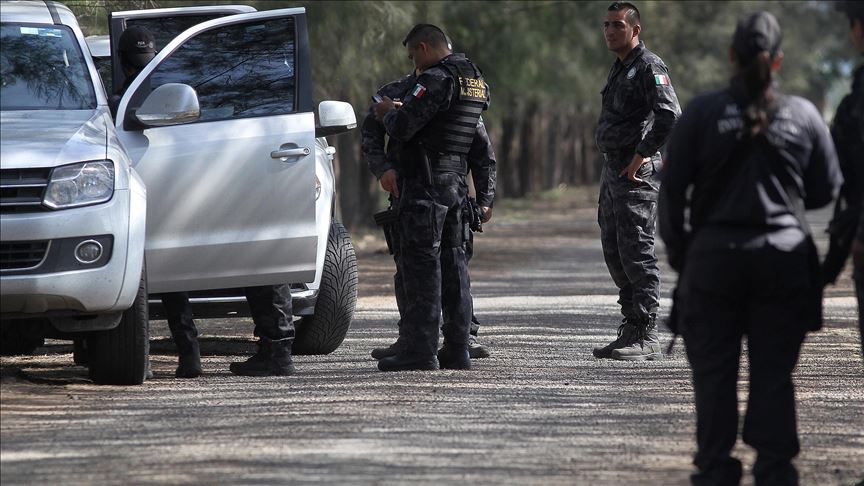70% of Mexican gun crimes linked to US guns: FM
Mexican officials are in conversations with White House on how to reduce the problem
 FILE PHOTO
FILE PHOTO
QUERETARO, Mexico
Mexico said Thursday that 70% of the country’s gun crimes in the first half of 2019 were committed with weapons purchased in the U.S. and smuggled into Mexico.
Mexican Foreign Minister Marcelo Ebrard said controlling gun smuggling is as important to Mexico as curtailing migration is to the U.S.
“The ultimate objective is not to reduce them, but to freeze them,” Ebrard said at a press conference in Mexico City. “And for this reason we need the participation of the North American authorities.”
The majority of the weapons involved in crimes came from U.S. border states, with Texas leading the charge at 41%. Ebrard said the government is focusing most of its efforts in this region.
In July, Mexican officials started programs in four border regions in Texas, including in El Paso and Laredo, some of the busiest ports of entry in the state. There is also a program to reduce the flow of firearms and drugs based at the border between Baja California and California.
In a meeting with U.S. officials earlier this week, the Mexican authorities pressed the U.S. to work with urgency on the issue, according to Ebrard. As a result, the U.S. has agreed to participate in the operations at the border regions.
Gun smuggling from the U.S. is an ongoing problem. Between 2007 to 2011, Mexican officials seized 68,000 guns linked to the U.S., according to a report from the Bureau of Alcohol, Tobacco, Firearms and Explosives.
Mexican officials said the meeting with the White House was successful and that they’re expecting the flow of firearms to decrease.
The Mexican government will start releasing a monthly report to keep track of the progress.
In addition to firearm smuggling, Ebrard added that Mexican officials are also in conversations with the U.S. government about the recent death of a Mexican migrant in ICE custody. The foreign minister said the Mexican government is waiting for a report on the incident in order to decide what legal actions are necessary.





